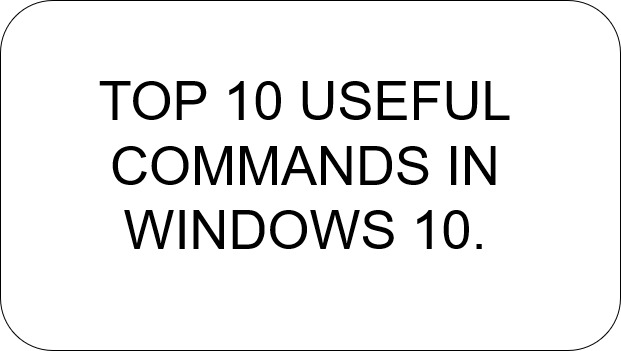Windows has some helpful systems networking utilities that are gotten to from an order line (cmd console).
On Windows 10 type cmd in the search box to open a command console.
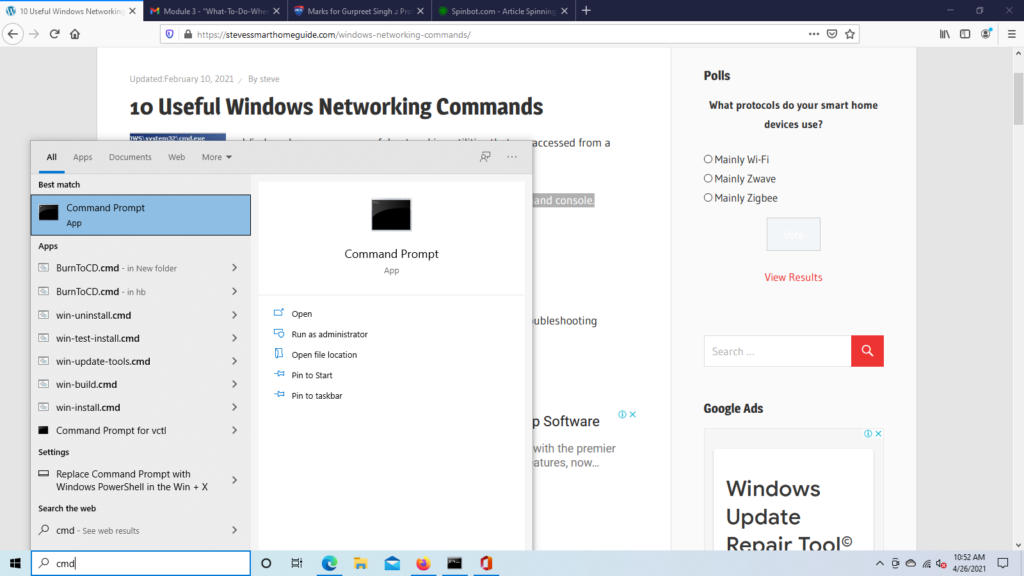
The networking commands are chiefly utilized for getting framework data and investigating networking issues.
Top 10 useful networking commands are as under:
- Ping command: The ping command is quite possibly the regularly utilized network utilities for recognizing gadgets on a network and for investigating network issues. At the point when you ping a gadget you send that gadget a short message, which it at that point sends back (the reverberation or echo). The overall configuration is ping hostname or ping IPaddress.
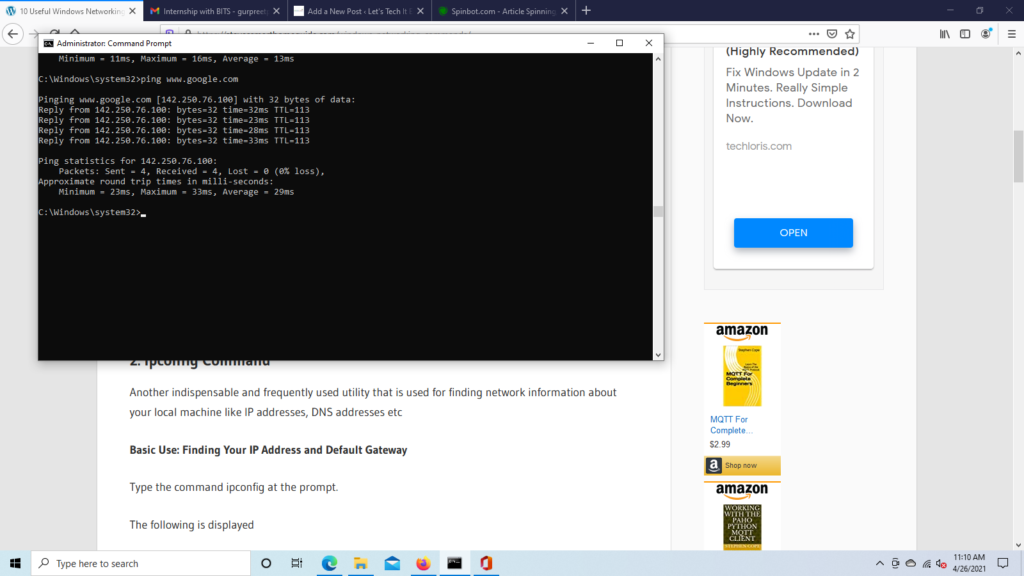
2. ipconfig Command: Another irreplaceable and often utilized utility that is utilized for discovering network data about your nearby machine like IP addresses, DNS addresses and so forth.
It’s basic use is to find your IP address and Default Gateway.
Type the command ipconfig at the terminal and you will get:
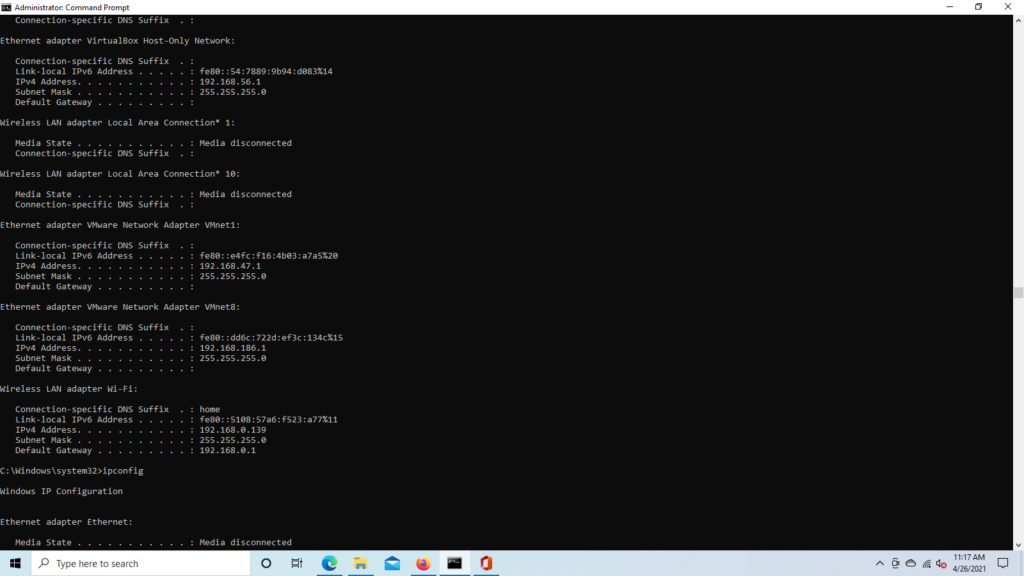
IP config has number of switched:
ipconfig/all – displays more information about the network setup on your systems including the MAC address.
ipconfig/release – release the current IP address.
ipconfig/renew – renew IP address.
3. Hostname command: A straightforward command that shows the host name of your machine. This is a lot speedier than going to the control panel>system course.
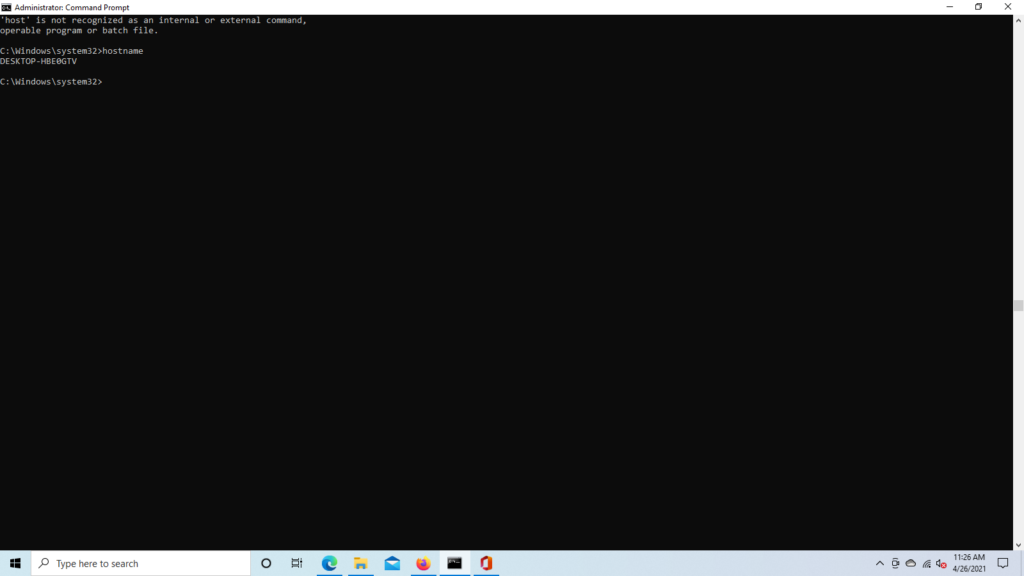
4. Getmac command: It will show you MAC address of your network interface.
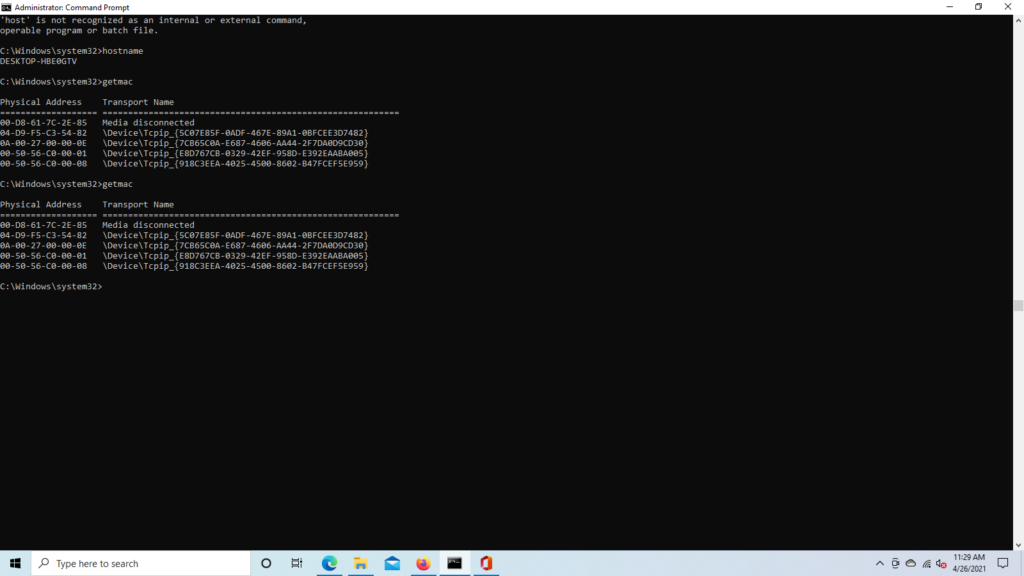
5. Arp command: This is utilized for showing the address resolution cache. This command should be utilized with an order line switch arp – a is the most widely recognized.
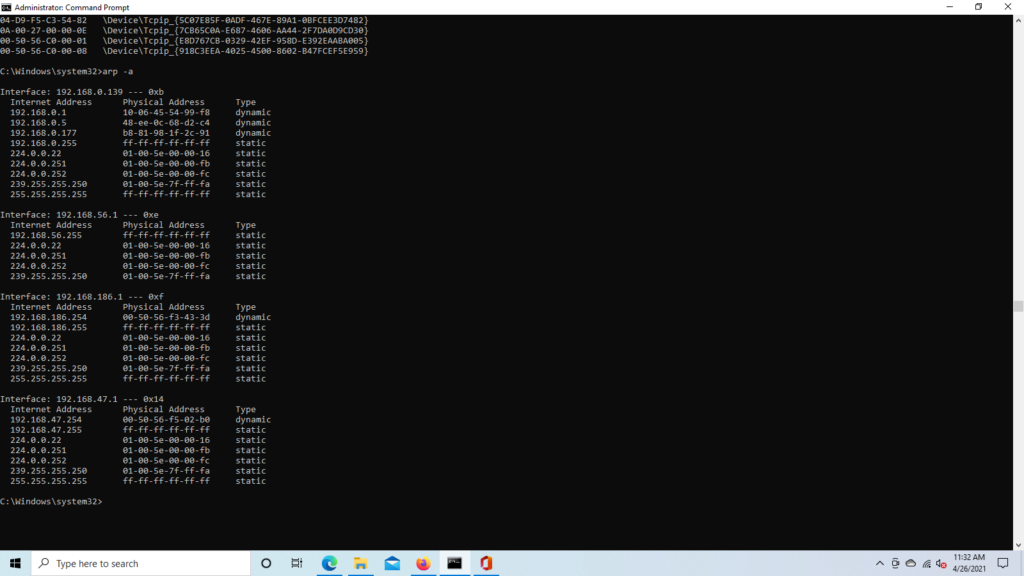
6. Netstat command: It will show network statistics.
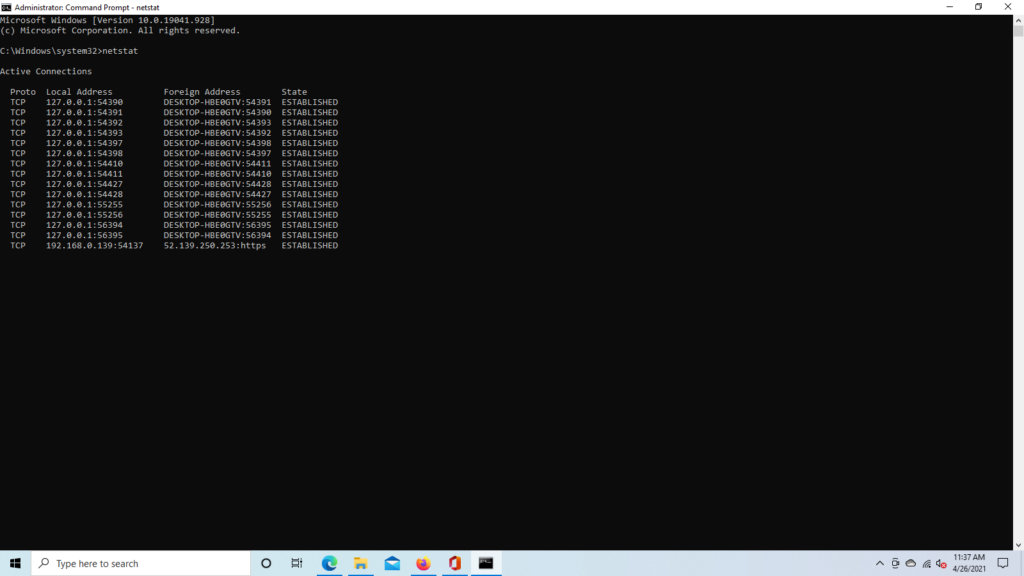
Worried that you could have malware running on your PC that is interfacing with web areas without you thinking about it?
In the event that you run a NETSTAT order in the order brief, you can get a rundown of all dynamic TCP associations from your PC.
7. Systeminfo command:
On the off chance that you need to understand what brand of network card you have, processor details, or the specific form of your Windows OS, the SYSTEMINFO command can help.
This command surveys your system and pulls the main data about your framework. It records the data in a perfect arrangement that is not difficult to peruse.
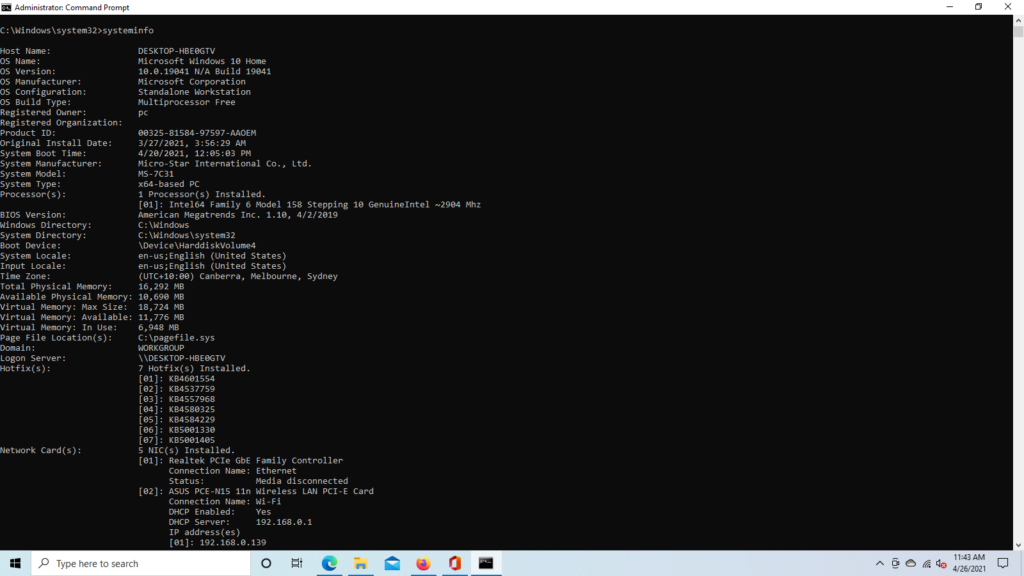
8. Cipher command:
Erasing documents on a mechanical hard drive doesn’t actually erase them by any means. All things being equal, it denotes the documents as not, at this point open and the space they took up as free. The documents stay recoverable until the system overwrites them with new information, which can take some time.
The cipher command, nonetheless, wipes a directory by composing irregular information to it. To wipe your C drive, for instance, you’d utilize the code/w:d order, which will wipe free space on the drive. The command doesn’t overwrite undeleted information, so you won’t crash records you need by running this command.
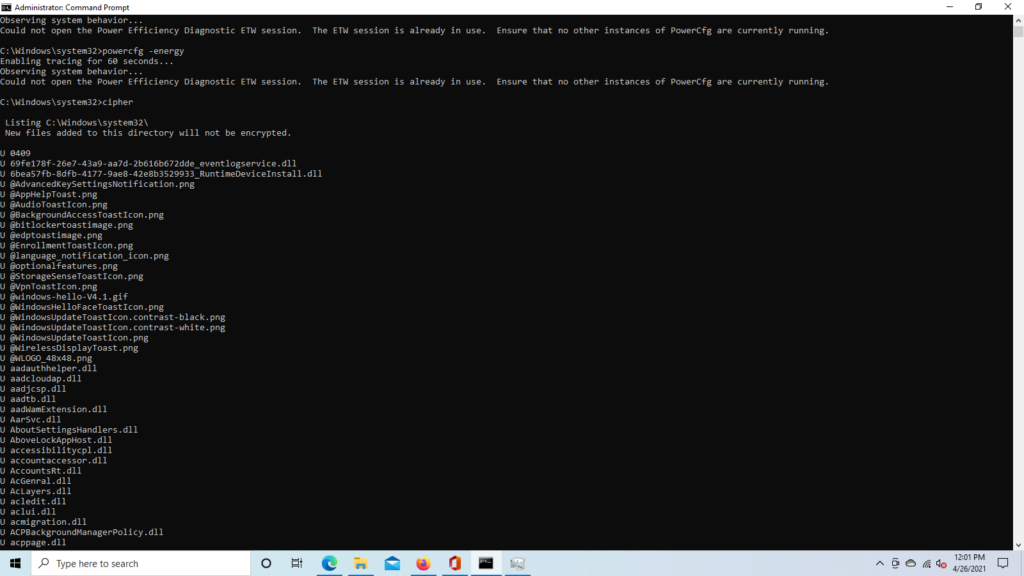
9. Pathping command: This is a further developed form of ping that is valuable if there are various switches between your PC and the gadget you’re trying. Like ping, you utilize this order by composing pathping followed by the IP address, yet not at all like ping, pathping additionally transfers some data about the course the test packets take.
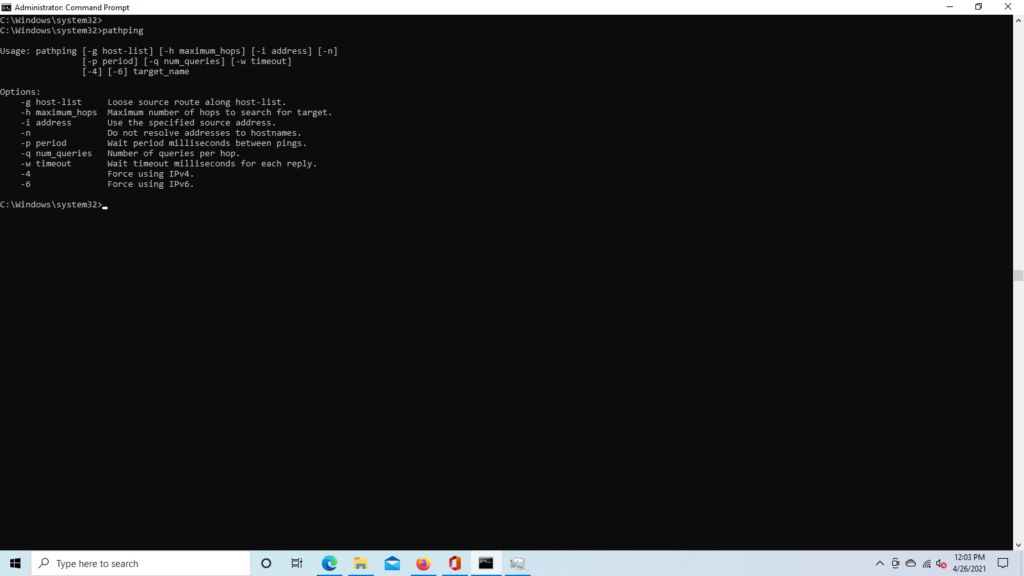
10. Powercfg command:
Powercfg is an extremely incredible order for overseeing and following how your PC utilizes energy. You can utilize the order powercfg sleep on and powercfg rest off to oversee hibernation, and you can likewise utilize the order powercfg/a to see the force saving states presently accessible on your PC.
Another helpful order is powercfg/devicequery s1_supported, which shows a rundown of gadgets on your PC that help associated reserve. When empowered, you can utilize these gadgets to free your PC once again from backup, even distantly. You can enable this by choosing the gadget in Device Manager, opening its properties, going to the Power Management tab, and afterward checking the allow this gadget to wake the PC box.


